Home>Garden Essentials>How To Care For The Lawn When It’s Cold


Garden Essentials
How To Care For The Lawn When It’s Cold
Modified: October 20, 2024
Discover expert tips on caring for your garden during cold weather. Learn how to protect your lawn and keep it looking healthy all winter long.
(Many of the links in this article redirect to a specific reviewed product. Your purchase of these products through affiliate links helps to generate commission for Storables.com, at no extra cost. Learn more)
Introduction
When the cold weather sets in, it’s easy to think that the gardening season is over and that your lawn can be neglected until spring. However, proper care for your lawn during the winter months is essential to keep it healthy and vibrant throughout the year. By implementing a few simple practices, you can ensure that your lawn stays in great shape even when it’s cold outside.
In this article, we’ll explore the various steps you can take to care for your lawn when the temperatures drop. From preparing the lawn for winter to dealing with snow and ice, we’ll cover everything you need to know to keep your lawn looking its best throughout the colder months. So, grab your gardening gloves and let’s get started!
Key Takeaways:
- Winter lawn care is crucial for a healthy, vibrant lawn in spring. Steps include preparing the lawn, adjusting mowing habits, limiting foot traffic, and clearing fallen leaves.
- Aeration, overseeding, and monitoring lawn health are essential for winter care. Protecting the lawn from frost and applying winter fertilizer also contribute to a thriving lawn in spring.
Preparing the Lawn for Winter
Before the cold weather hits, it’s important to properly prepare your lawn for the winter season. This will help your lawn stay healthy and make it more resilient to the harsh winter conditions. Here are some steps to follow:
- Rake and remove debris: Start by raking up any leaves, twigs, and other debris that have accumulated on your lawn. This will prevent them from suffocating the grass and creating an ideal environment for pests and diseases.
- Mow the lawn: Give your lawn a final mow before winter sets in. Lower the mower blade slightly to remove any excess growth and prevent the grass from matting down over the winter.
- Aerate the soil: If your lawn is compacted, consider aerating it to improve drainage and allow air, water, and nutrients to reach the roots. This can be done using a garden fork or a mechanical aerator.
- Repair bare patches: Take this opportunity to fill in any bare patches in your lawn. Loosen the soil in these areas and sow grass seeds or lay down sod to encourage new growth.
- Apply a winter fertilizer: Choose a fertilizer specifically formulated for the winter season, and apply it according to the instructions. This will provide your lawn with the essential nutrients it needs to withstand the cold weather.
By taking these steps to prepare your lawn for winter, you’ll give it a solid foundation to survive the colder months and emerge healthy and vibrant when spring arrives.
Adjusting Mowing Habits
During the winter months, grass growth slows down significantly, so it’s important to adjust your mowing habits accordingly. Here are some tips to keep in mind:
- Raise the mowing height: Set your mower to a higher cutting height than during the active growing season. This helps to protect the grass from cold temperatures and reduces stress on the lawn.
- Don’t cut too short: Avoid cutting more than a third of the grass blade’s length at once. Cutting the grass too short can weaken it and make it more susceptible to damage from frost or cold weather.
- Mow when conditions are dry: Try to mow the lawn when it is dry, as mowing wet grass can lead to clumping and uneven cuts. Additionally, wet grass is more prone to damage from the mower blades.
- Leave grass clippings on the lawn: As long as the clippings are not too long or clumpy, leave them on the lawn as they can provide valuable nutrients to the soil as they decompose.
- Mow less frequently: Since grass growth slows down in the winter, you can reduce the frequency of your mowing sessions. Monitor the growth rate of your lawn and adjust accordingly.
By adjusting your mowing habits for the winter season, you’ll help your lawn maintain a healthier and more resilient state throughout the colder months.
Limiting Foot Traffic
Foot traffic can take a toll on your lawn, especially during the winter months when the grass is dormant and more susceptible to damage. Here are some ways to limit foot traffic and protect your lawn:
- Designate walking paths: Create clear pathways using stepping stones or pavers to guide people and pets away from sensitive areas of the lawn.
- Install temporary barriers: If there are specific areas of the lawn that you want to protect, consider installing temporary barriers, such as small fences or decorative ropes, to prevent people from walking over those areas.
- Redirect foot traffic: If possible, redirect foot traffic to more durable surfaces, such as walkways or patios, to minimize the impact on the lawn.
- Communicate with family and guests: Inform your family members and guests about the need to limit foot traffic on the lawn and the reasons behind it. Encourage them to stay on designated paths.
- Consider alternative seating areas: If you frequently entertain guests or have family gatherings, consider setting up seating areas or outdoor furniture on hard surfaces like decks or patios, instead of placing them directly on the lawn.
By limiting foot traffic on your lawn, you’ll help prevent compaction, soil erosion, and damage to the dormant grass. This will ensure that your lawn remains healthy and can bounce back more easily when spring arrives.
Clearing Fallen Leaves
Fallen leaves may create a picturesque scene in autumn, but they can also pose a threat to the health of your lawn if left uncleared throughout the winter. Here’s why it’s important to clear fallen leaves and how you can do it effectively:
Leaves that accumulate on your lawn can block sunlight, preventing the grass underneath from receiving adequate light. This can lead to weak, thin, or even dead patches in your lawn. Leaves can also trap moisture, creating a breeding ground for fungal diseases that can harm your grass.
To effectively clear fallen leaves:
- Rake regularly: Regularly rake up fallen leaves from your lawn, especially after heavy leaf drops. Use a rake or leaf blower to gather the leaves into piles.
- Compost or dispose of leaves: Once you’ve collected the leaves, you can choose to compost them to create nutrient-rich compost for your garden. If composting is not an option, dispose of the leaves in compost bins or take them to a local green waste disposal site.
- Use a mulching mower: If you have a mulching mower, you can shred the fallen leaves into small pieces and spread them evenly on the lawn. This will help them decompose faster and provide organic matter to the soil.
By clearing fallen leaves regularly, you’ll help ensure that your lawn can still receive sunlight, air, and proper moisture levels during the winter months. This will promote healthy grass growth and prevent issues caused by excessive leaf cover.
Aeration and Overseeding
Aeration and overseeding are two essential steps in maintaining a healthy lawn, even during the winter season. These practices help improve soil compaction, promote healthy grass growth, and fill in any thin or bare patches. Here’s how to aerate and overseed your lawn:
Aeration:
Aeration involves creating small holes in the soil to allow air, water, and nutrients to penetrate the grass roots. This helps alleviate compaction and improves overall soil health. Here’s how to aerate your lawn:
- Select the right time: Aerate your lawn when the soil is moist but not overly wet. This makes it easier to penetrate the soil without causing excessive damage.
- Use the proper equipment: Rent or purchase a core aerator, which removes small plugs or cores of soil from the ground. This equipment allows for better soil penetration and reduces soil compaction.
- Aerate your lawn: Run the aerator across your lawn, making sure to cover the entire area. Overlap each pass slightly to ensure complete aeration.
- Leave the cores on the lawn: After aerating, don’t remove the soil cores from the lawn. They will break down naturally and help improve soil structure and fertility.
Overseeding:
Overseeding involves spreading grass seed over an existing lawn to fill in thin areas and promote new grass growth. Here’s how to overseed your lawn:
- Choose the right grass seed: Select a grass seed variety that is appropriate for your region and matches the existing grass in your lawn.
- Prepare the lawn: Before overseeding, mow the grass to a shorter length and remove any debris. Rake the lawn lightly to loosen the topsoil and create a better seed-to-soil contact.
- Spread the grass seed: Use a broadcast spreader or evenly spread the grass seed by hand. Apply the seed at the recommended rate, ensuring proper coverage of the thin or bare areas.
- Water and care for the lawn: Water the overseeded areas regularly to keep the soil moist. Follow any additional care instructions provided with the grass seed, such as fertilizing or applying a starter fertilizer.
By aerating and overseeding your lawn, you can improve its overall health, fill in thin areas, and encourage new grass growth even during the winter months.
During cold weather, avoid walking on frozen grass to prevent damage. Also, refrain from mowing the lawn when it’s frozen or wet to avoid tearing the grass.
Protecting the Lawn from Frost
Frost can be damaging to your lawn, especially if it occurs frequently or for extended periods. Frost can cause the grass blades to become brittle and can lead to discoloration or even death of the grass. Here are some steps you can take to protect your lawn from frost:
- Avoid walking on frost-covered grass: Walking or driving on frost-covered grass can cause damage, as the frozen grass blades are more delicate and prone to breaking. Wait until the frost has melted before allowing any foot traffic on the lawn.
- Maintain healthy soil: Healthy soil provides a strong foundation for your lawn. Ensure that your soil is well-draining and has good nutrient levels by regularly aerating, dethatching, and amending the soil as needed.
- Water deeply and infrequently: Watering deeply and infrequently encourages the grass roots to grow deeper into the soil, making them less susceptible to frost damage. However, be cautious not to overwater, as excessive moisture can increase the risk of frost damage.
- Mulch around vulnerable plants: If you have vulnerable plants near your lawn, consider applying a layer of mulch around them. Mulch acts as insulation, helping to protect the plants and nearby grass from the effects of frost.
- Apply a frost blanket: In extreme cold conditions, you can use a frost blanket or floating row cover to cover the lawn. This temporary protective layer can help to minimize frost damage by trapping heat and creating a barrier between the grass and the freezing air.
By taking these precautions, you can significantly reduce the risk of frost damage to your lawn and ensure that it remains healthy and vibrant throughout the winter season.
Applying Winter Fertilizer
Applying winter fertilizer to your lawn is an essential step in its winter care routine. Winter fertilization provides your lawn with the necessary nutrients it needs to withstand the cold weather and maintain its health. Here’s what you need to know about applying winter fertilizer:
Timing:
It’s best to apply winter fertilizer to your lawn in late fall, before the ground freezes and the grass goes dormant. This allows the grass to absorb the nutrients and store them for the winter months.
Choosing the right fertilizer:
Opt for a winter fertilizer blend specifically formulated to meet the needs of dormant grass. Look for a fertilizer that is high in potassium to enhance the lawn’s root development and cold tolerance. The nitrogen content should be moderate, as excessive nitrogen can stimulate new growth, making the grass more susceptible to winter damage.
Application guidelines:
- Calculate the appropriate amount: Follow the instructions on the fertilizer package to determine the correct amount to apply based on the size of your lawn.
- Apply evenly: Use a broadcast spreader to apply the fertilizer evenly across the lawn. Be sure to overlap slightly to avoid missing any areas.
- Water after application: Water the lawn lightly after applying the fertilizer. This helps to activate the fertilizer and ensure proper absorption by the grass roots.
- Avoid excess accumulation: Be cautious not to over-fertilize, as excessive buildup of nutrients can harm the grass and contribute to nutrient runoff.
Winter fertilizer provides the necessary nutrients to help your lawn maintain its vigor and resilience throughout the winter months. It boosts the lawn’s ability to recover quickly in the spring when the growing season resumes.
Consult with a local lawn care professional or garden center to determine the most suitable winter fertilizer and application rates based on the specific needs of your lawn.
Dealing with Snow and Ice
Snow and ice are inevitable parts of winter, and they can pose challenges for your lawn. However, with the right approach, you can minimize any damage and help your lawn recover quickly. Here are some tips for dealing with snow and ice:
- Avoid walking on snow-covered grass: Walking or playing on snow-covered grass can cause compaction and damage to the turf. It’s best to stay off the lawn until the snow has melted.
- Shovel or use a snow blower: Clearing away snow from walkways and driveways is necessary, but be cautious not to throw or pile the snow onto the lawn. This can smother the grass and create difficulties when it comes time for the snow to melt.
- Use gentle ice melt products: If you need to use ice melt products to remove ice from walkways or driveways near your lawn, opt for a gentle, lawn-safe ice melt. Look for products that are specifically labeled as safe for use on vegetation.
- Avoid salt on the lawn: Salt can damage and kill grass. Be cautious when using salt near the lawn and avoid spreading it directly on the grass or allowing it to be carried over by melting snow.
- Carefully remove ice: If ice forms on the lawn, avoid chipping or manually removing it. This can cause damage to the grass underneath. Instead, allow the ice to naturally melt with the rise in temperature.
In areas with heavy snowfall, it may not be possible to completely prevent snow or ice from accumulating on the lawn. However, by taking these precautions, you can help minimize any potential damage and give your lawn a better chance of recovery when spring arrives.
Monitoring Lawn Health
Monitoring the health of your lawn throughout the winter season is crucial to identify and address any potential issues before they become more severe. Here are some key factors to consider when monitoring the health of your lawn:
- Inspect for signs of pests and diseases: Take the time to regularly inspect your lawn for any signs of pest infestations or diseases. Look for discolored patches, thinning grass, dead spots, or visible pests like grubs or insects.
- Check for snow mold: Snow mold is a common lawn disease that occurs under snow cover in colder regions. Look for fuzzy, pink or gray patches of mold on the grass blades when the snow melts. Rake these areas lightly to promote air circulation and prevent further spread.
- Monitor soil moisture levels: While it’s important not to overwater during the winter, keeping an eye on soil moisture levels is still crucial. If the soil becomes excessively dry, consider providing light irrigation to prevent grass drying out.
- Assess sun exposure: If there are areas of the lawn that receive less sunlight during the winter months, they may be more prone to issues such as moss growth or weakened grass. Consider pruning back any overhanging branches to increase sunlight exposure.
- Keep an eye on weather conditions: Stay informed about weather conditions in your area, particularly extreme cold or extended periods of snow or ice. These conditions may require additional actions to protect your lawn, such as using frost blankets or adjusting watering schedules.
By monitoring the health of your lawn regularly, you can quickly identify and address any issues that may arise during the winter season. This proactive approach will help keep your lawn in optimal condition and set the stage for a healthier, greener lawn when spring arrives.
Spring Revival Tips
As the winter season comes to an end, it’s time to prepare your lawn for a spring revival. Here are some tips to help your lawn bounce back and thrive:
- Rake up debris: Start by raking up any remaining debris, such as leaves, twigs, or dead grass, that may have accumulated on your lawn during the winter months.
- Remove thatch: If there is a significant thatch build-up, consider dethatching your lawn. Thatch is a layer of dead grass and debris that can stifle new growth and prevent essential nutrients from reaching the soil.
- Aerate the soil: After the ground has thawed, aerate your lawn to improve soil drainage and allow air, water, and nutrients to penetrate deep into the roots. This will help promote healthy grass growth.
- Overseed bare patches: If you notice any bare or thin patches in your lawn, overseed those areas to encourage new grass growth. Make sure to choose a grass seed variety that is suitable for your region and matches your existing lawn.
- Apply a spring fertilizer: Use a balanced fertilizer that is specifically formulated for spring application. This will provide the necessary nutrients to kickstart growth and support the overall health of your lawn.
- Water deeply and consistently: As the weather warms up, adjust your watering schedule to provide deep, consistent watering for your lawn. This will encourage the grass roots to grow deeper and make your lawn more resilient to drought conditions.
- Mow and maintain: Set your mower to the appropriate height and mow regularly, removing no more than one-third of the grass blade at a time. This will help maintain a lush, even lawn and prevent stress on the grass plants.
- Control weeds: Keep an eye out for weeds and take timely action to control them. Use manual weeding, herbicides, or other techniques to prevent weeds from taking over your lawn.
- Monitor and adjust: Continuously monitor your lawn’s health and make adjustments as needed. If there are any areas that require extra attention, such as pest or disease issues, address them promptly to prevent further damage.
By following these spring revival tips, you’ll give your lawn a fresh start and set it up for a season of vibrant growth and beauty. Remember, consistency and proper care throughout the year are key to maintaining a healthy and thriving lawn.
Conclusion
Nurturing and caring for your lawn during the winter months is just as important as it is during the active growing season. By implementing proper winter lawn care practices, you can ensure that your lawn remains healthy, vibrant, and well-prepared for the coming spring. Here’s a recap of the key steps to care for your lawn when it’s cold:
- Prepare the lawn for winter by raking and removing debris, mowing at the right height, aerating, repairing bare patches, and applying winter fertilizer.
- Adjust your mowing habits by raising the mowing height, mowing when conditions are dry, and leaving grass clippings on the lawn.
- Limit foot traffic on the lawn to prevent compaction and damage.
- Clear fallen leaves regularly to maintain proper air circulation and prevent disease.
- Aerate and overseed to improve soil health and fill in thin or bare patches.
- Protect the lawn from frost by avoiding walking on frosted grass and avoiding salt.
- Apply winter fertilizer to support the lawn’s health and resilience.
- Take precautions when dealing with snow and ice to prevent damage to the grass.
- Monitor the lawn’s health for signs of pests, diseases, and watering needs.
- Revive the lawn in spring by raking, dethatching, overseeding, fertilizing, watering properly, and mowing consistently.
By following these steps and giving your lawn the attention it needs throughout the winter season, you can ensure that it emerges in the spring rejuvenated, lush, and ready to thrive. Remember to adapt your lawn care routine based on your region’s climate and specific lawn conditions. With proper care, your lawn will become the envy of the neighborhood, providing a beautiful space for relaxation, play, and enjoyment year after year.
Frequently Asked Questions about How To Care For The Lawn When It's Cold
Was this page helpful?
At Storables.com, we guarantee accurate and reliable information. Our content, validated by Expert Board Contributors, is crafted following stringent Editorial Policies. We're committed to providing you with well-researched, expert-backed insights for all your informational needs.
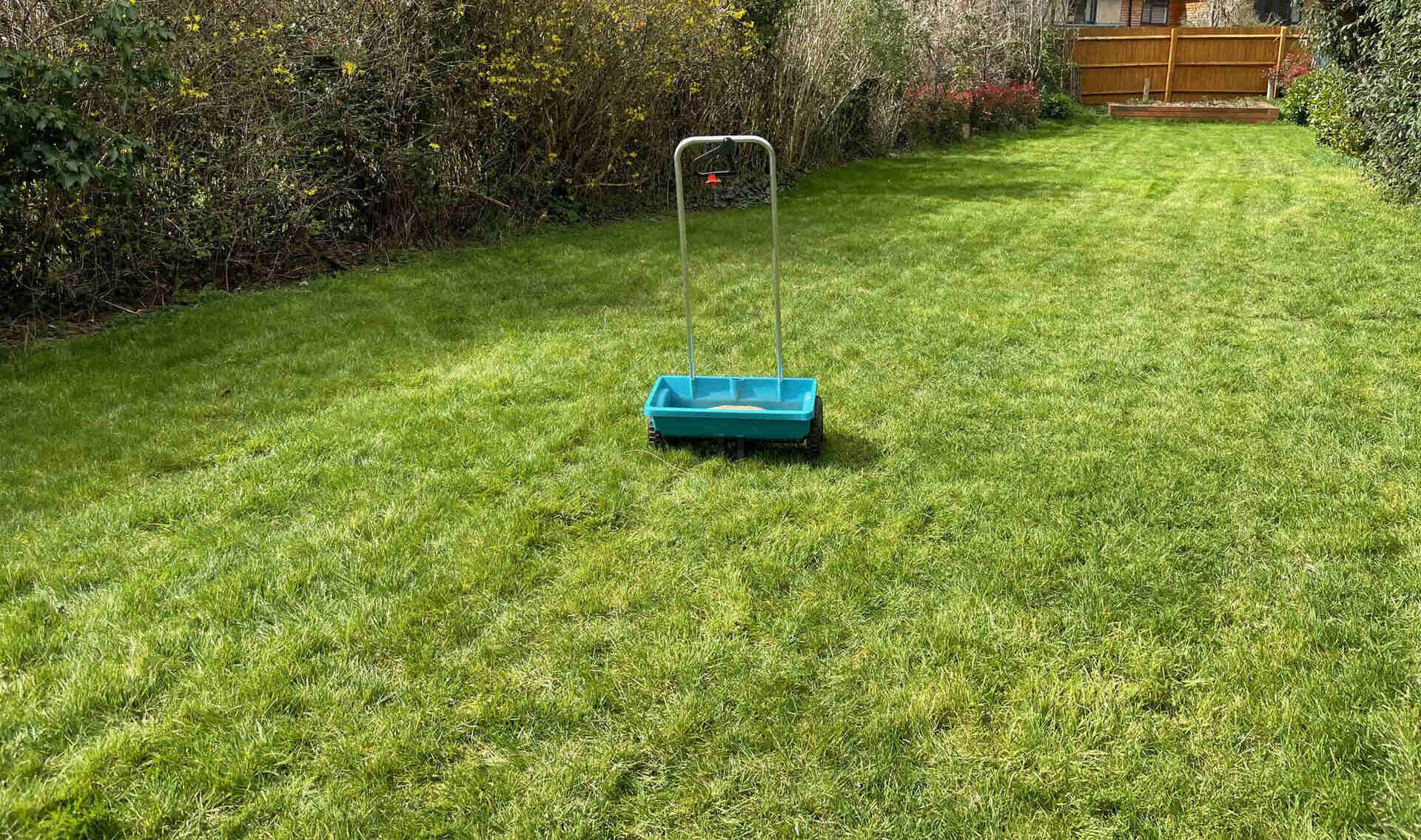
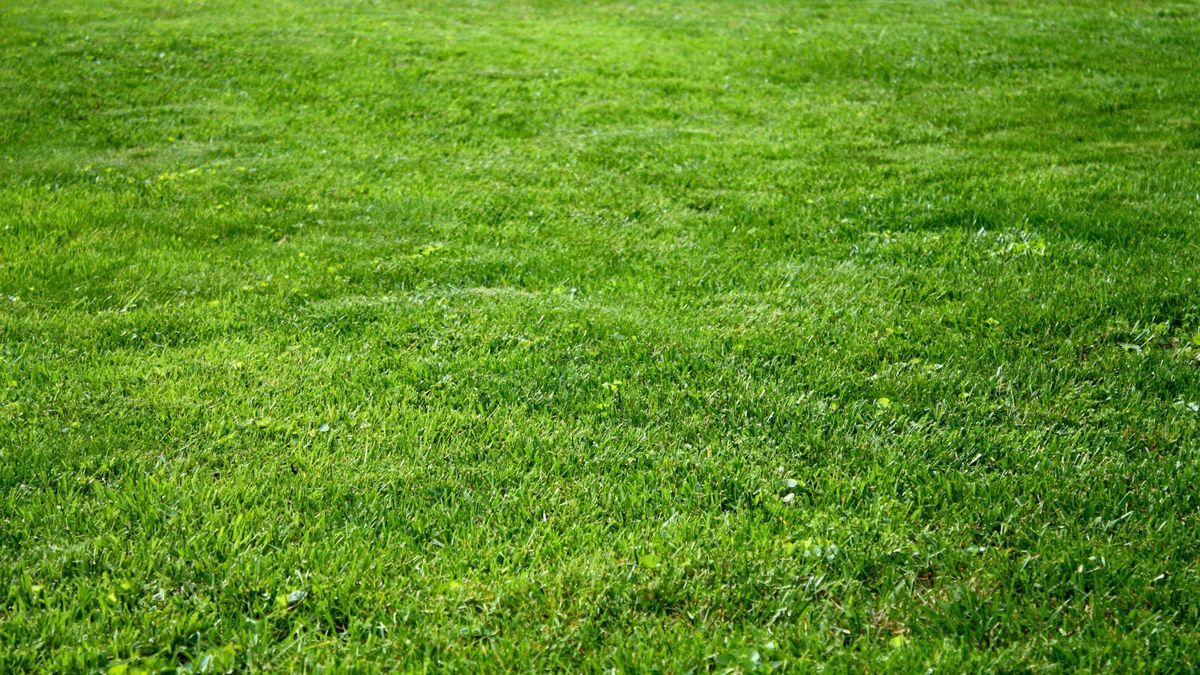
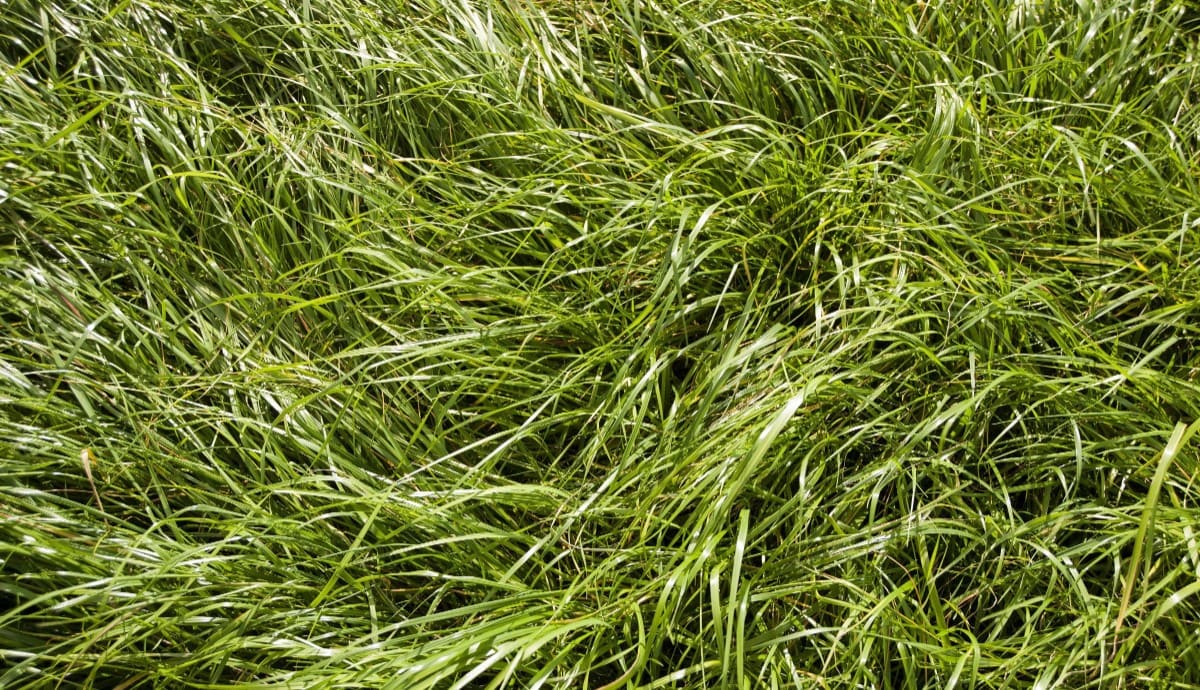

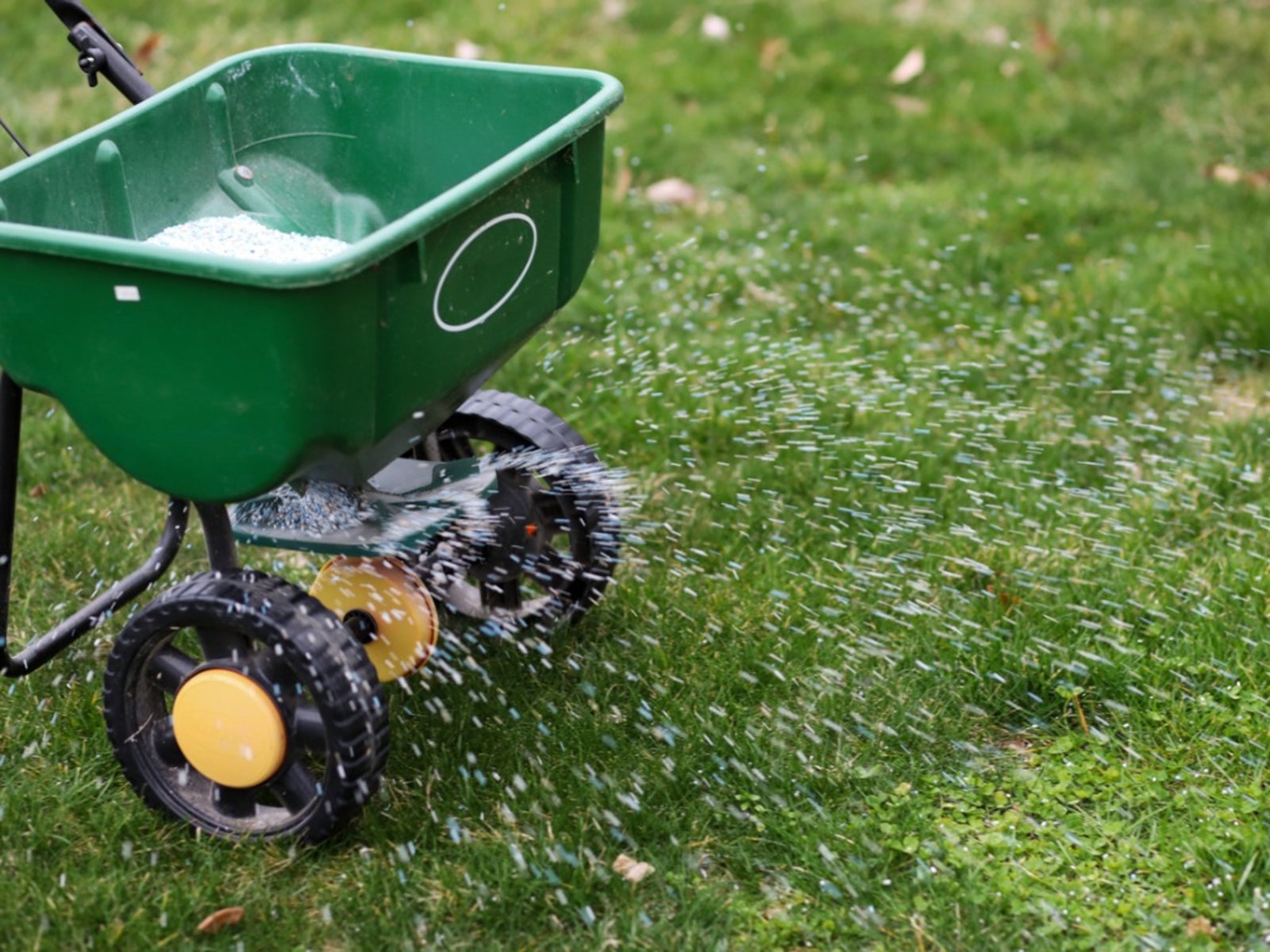

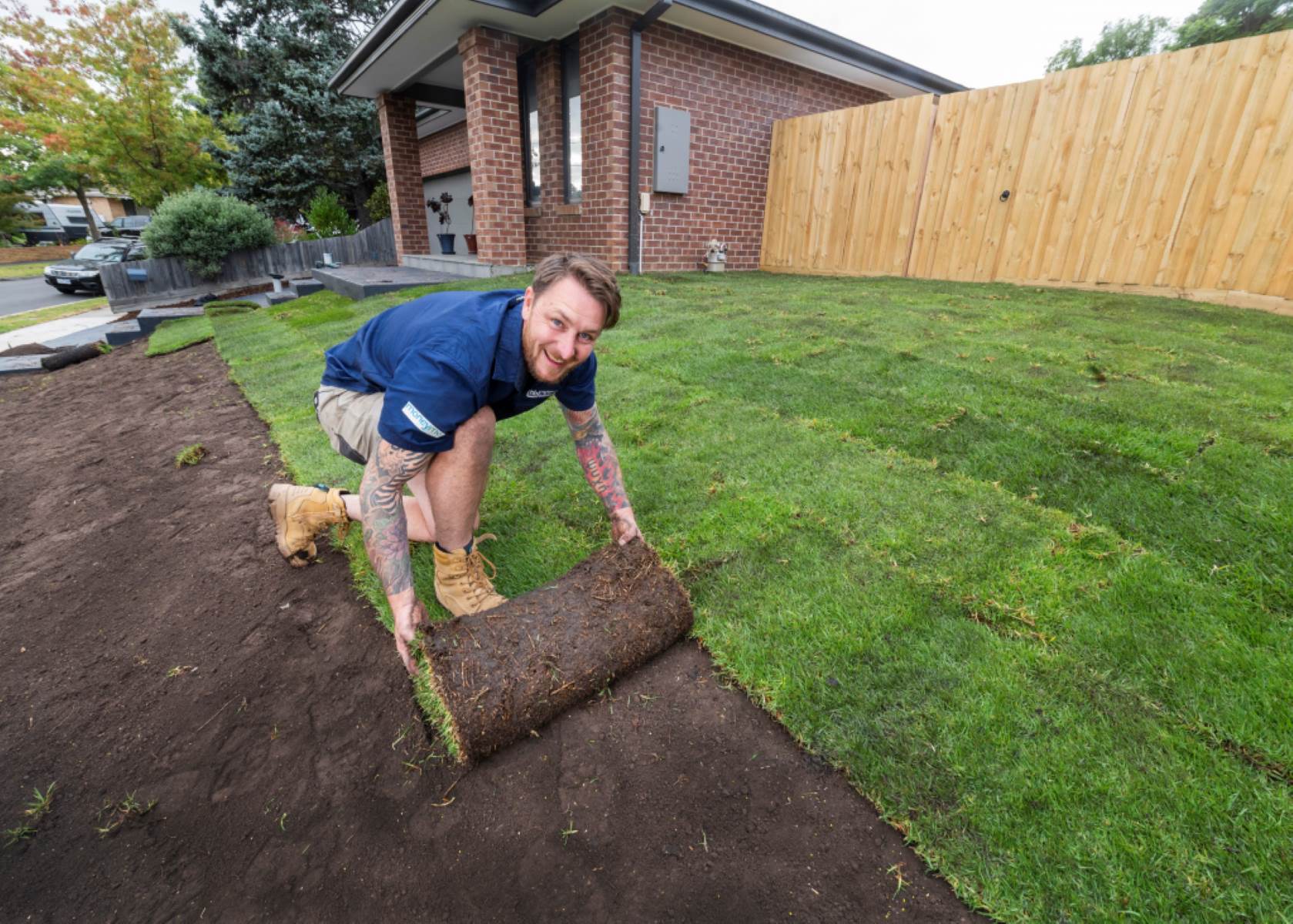

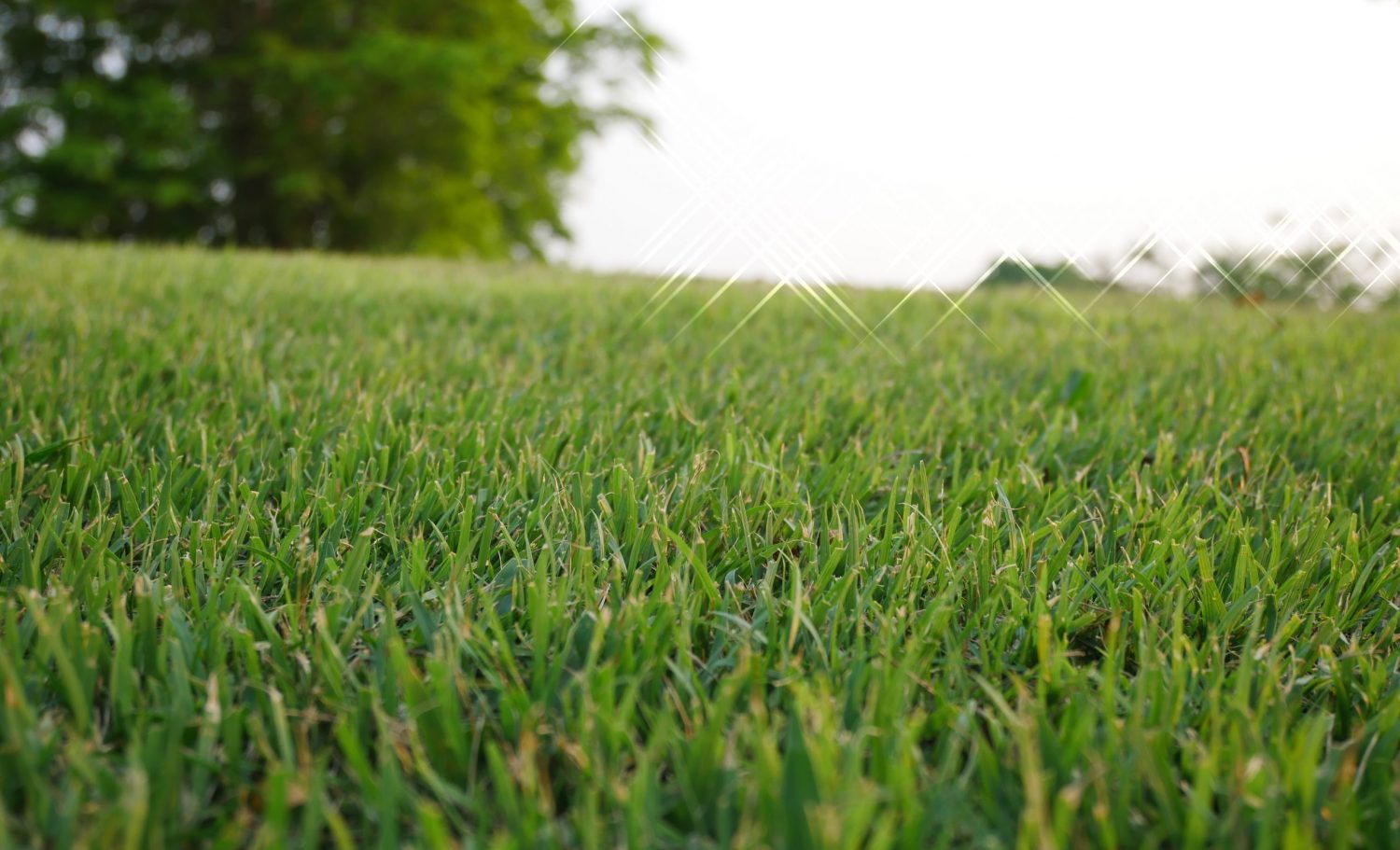

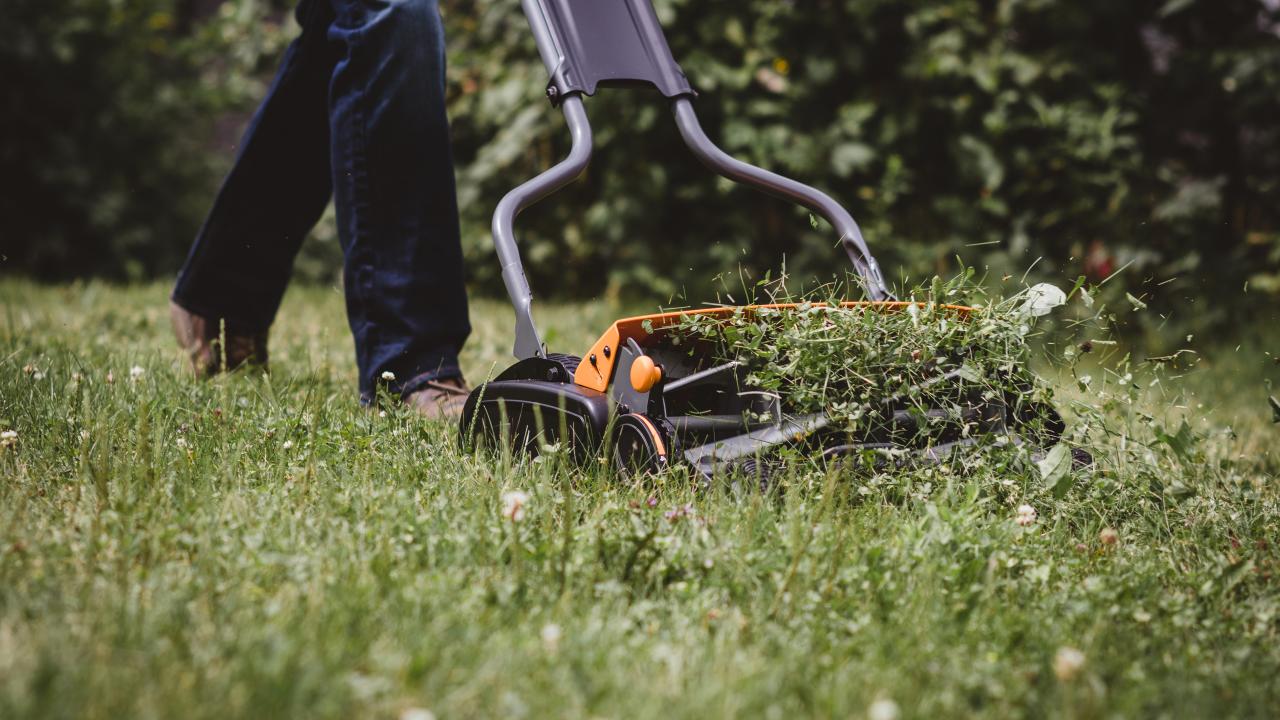
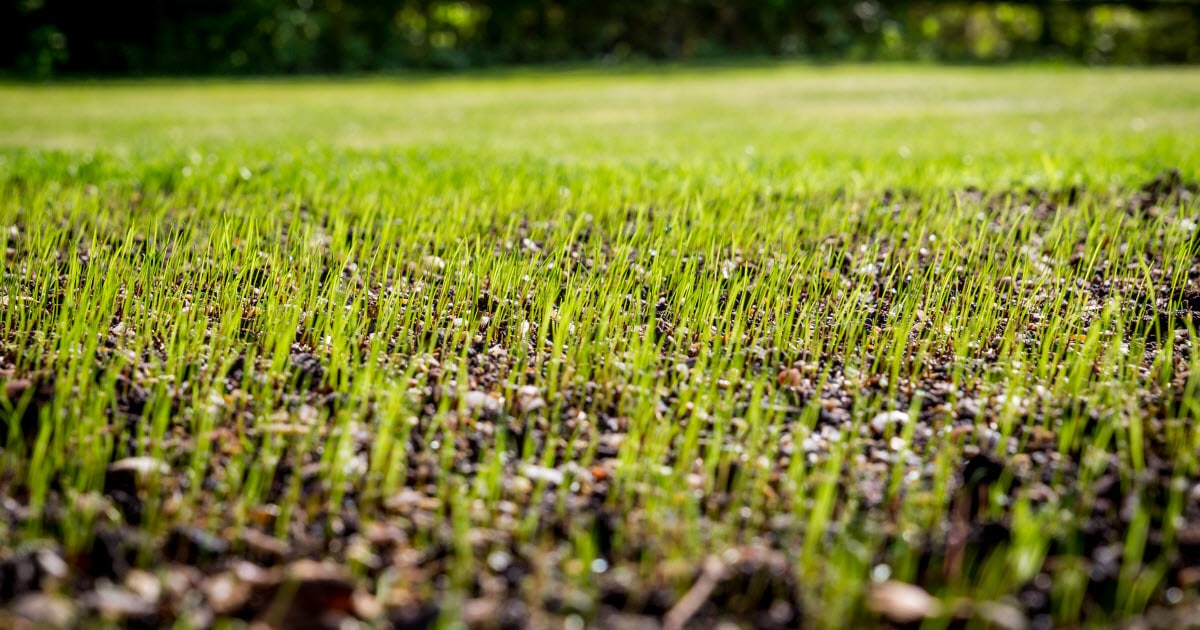
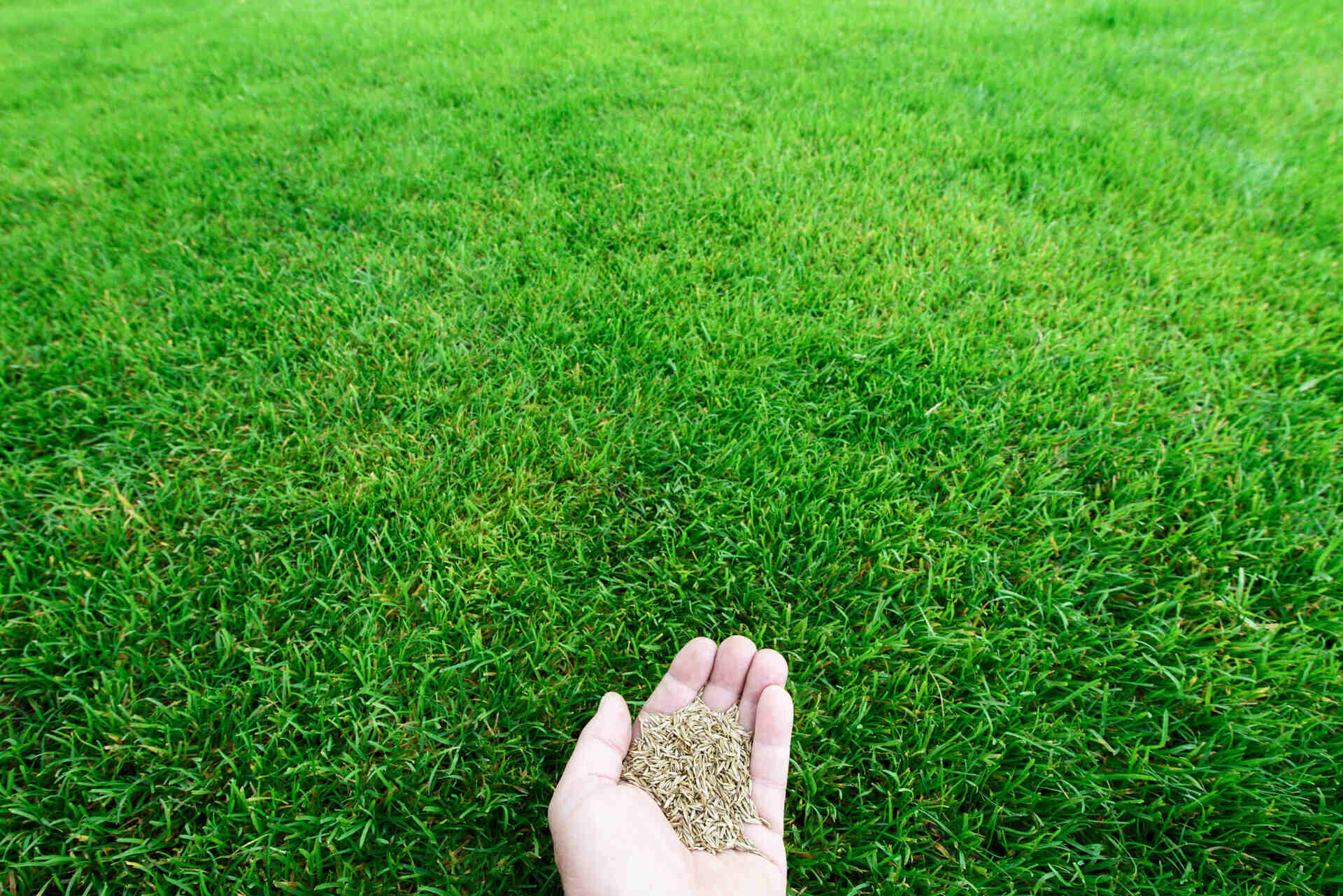

0 thoughts on “How To Care For The Lawn When It’s Cold”